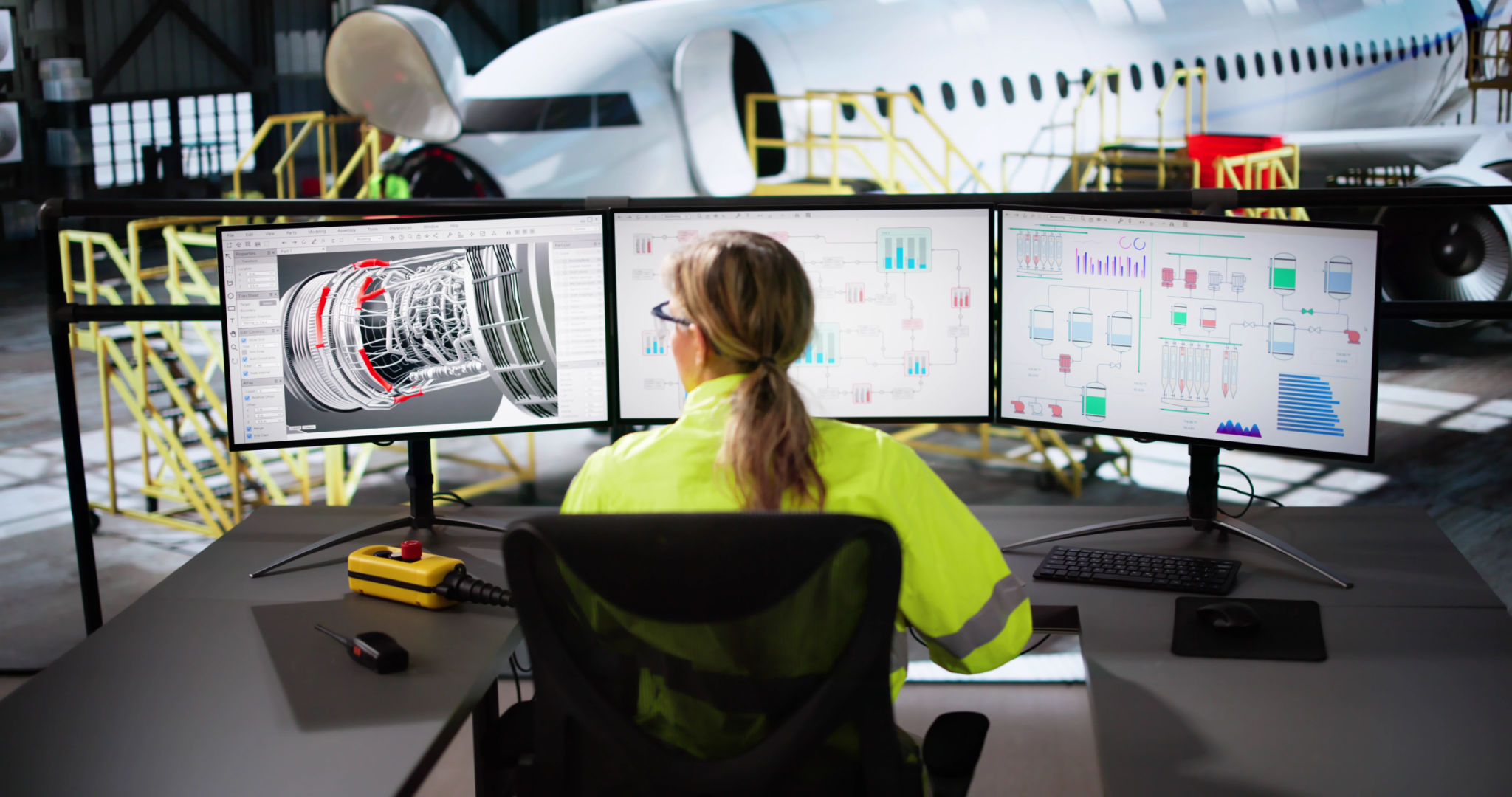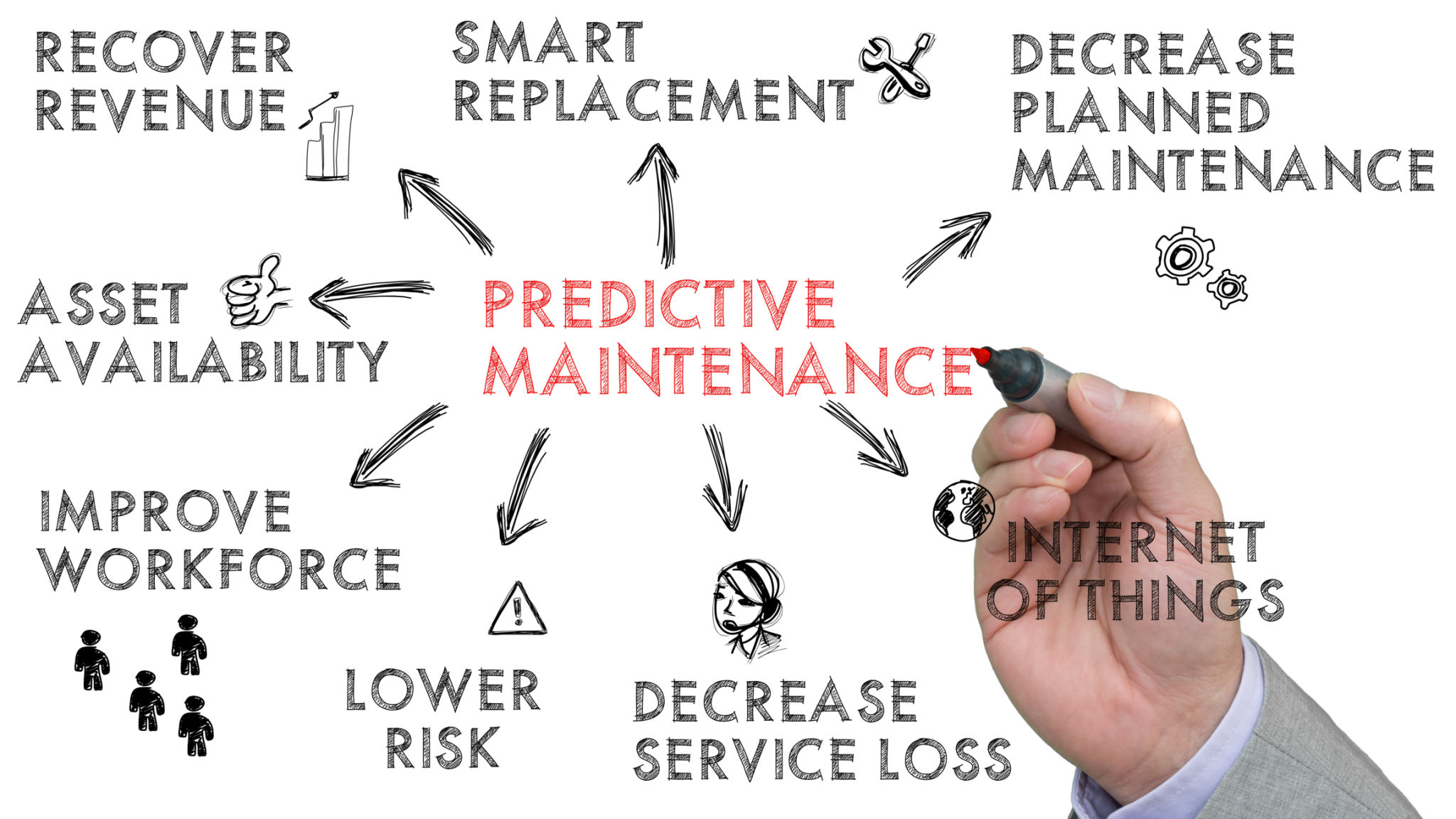The Role of Edge Computing in Modern Aerospace Applications
Introduction to Edge Computing in Aerospace
In the rapidly advancing field of aerospace, the integration of cutting-edge technologies is essential for enhancing efficiency and performance. One such technology that is gaining significant traction is edge computing. By processing data closer to where it is generated, edge computing minimizes latency and maximizes operational efficiency, making it a crucial component in modern aerospace applications.
As the aerospace industry continues to evolve, both in civilian and military sectors, the demand for real-time data processing and analytics is increasing. Edge computing addresses these needs by providing immediate insights and facilitating rapid decision-making processes.

Enhancing Data Processing Capabilities
Aerospace systems generate massive amounts of data from various sensors and devices. Traditionally, this data would be sent to centralized servers for processing, which could lead to delays and increased bandwidth usage. With edge computing, data is processed at or near the source, reducing latency and improving response times.
This approach is particularly beneficial in scenarios where real-time data processing is critical, such as flight operations and navigation systems. By analyzing data locally, edge computing ensures that decisions can be made swiftly, enhancing both safety and efficiency.
Improving Connectivity and Communication
In addition to processing capabilities, edge computing enhances connectivity within aerospace applications. By enabling direct communication between devices, edge computing facilitates seamless integration across different systems. This is vital for unmanned aerial vehicles (UAVs) and other autonomous systems that require uninterrupted communication.

Supporting Advanced Aerospace Technologies
The aerospace industry is witnessing a surge in the adoption of advanced technologies such as artificial intelligence (AI) and machine learning (ML). These technologies rely heavily on edge computing to provide the computational power needed for complex algorithms without incurring the delays associated with cloud-based solutions.
For instance, AI-driven predictive maintenance systems can analyze aircraft data in real-time to predict potential failures before they occur. By utilizing edge computing, these systems can operate efficiently with minimal latency, ensuring aircraft are maintained proactively rather than reactively.

Challenges and Considerations
While the benefits of edge computing in aerospace are clear, several challenges must be addressed. Security is a primary concern, as processing data at the edge can create vulnerabilities if not properly managed. Implementing robust security measures is essential to protect sensitive data from potential threats.
Another consideration is the integration of edge computing with existing aerospace infrastructure. Ensuring compatibility and interoperability requires careful planning and execution to maximize the benefits of this technology.
The Future of Edge Computing in Aerospace
The future of aerospace will undoubtedly be shaped by the continued development and integration of edge computing. As technology advances, we can expect further innovations that will enhance the capabilities of aerospace systems, leading to more efficient and safer operations.
Edge computing will play a pivotal role in enabling these advancements by providing the necessary infrastructure for real-time data processing and decision-making. As the aerospace industry continues to embrace this technology, it will set new standards for performance and reliability.

In conclusion, edge computing represents a significant leap forward for modern aerospace applications. By addressing the challenges of latency and bandwidth while supporting advanced technologies, it is poised to revolutionize the way we approach aerospace operations in the years to come.
